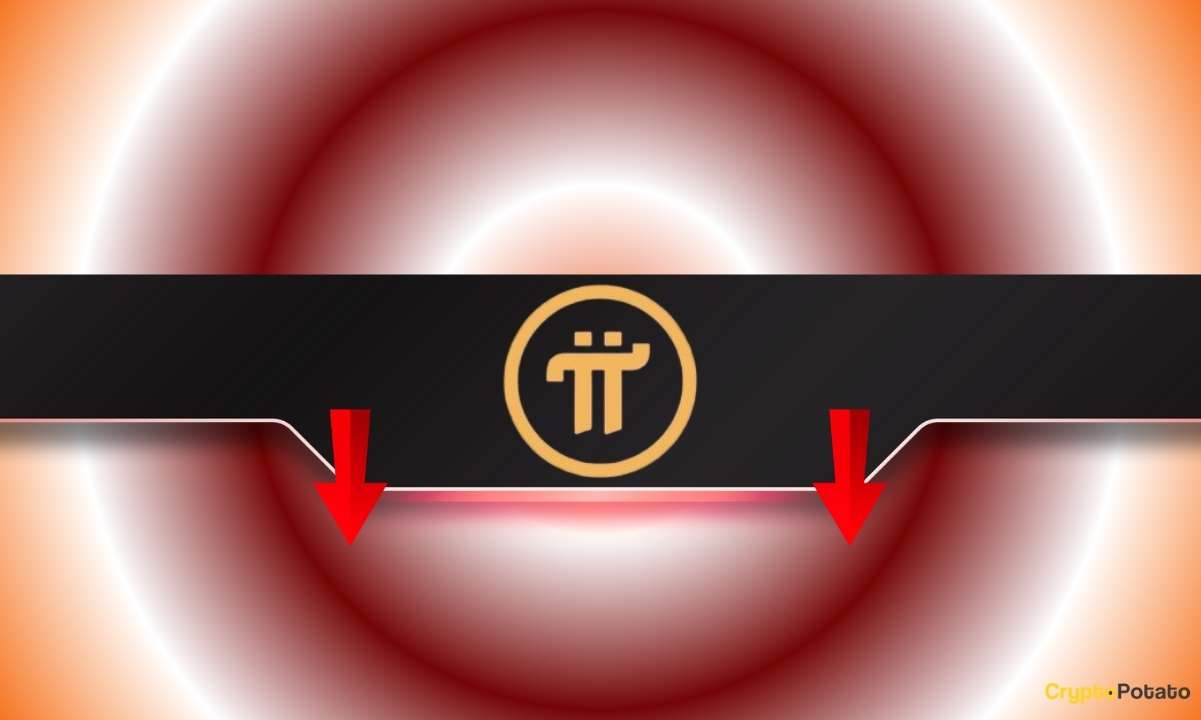Despite Netflix’s Devil May Cry animated series having Studio Mir, an animation production house that has defined the look of Western animated shows, and Castlevania producer Adi Shankar at the helm, an air of unease still lingered among fans. The show could either be terrible, with a meme-fueled misunderstanding of the admittedly edgy charm of the series’ material, or it could be phenomenal.
In eight episodes, Devil May Cry reinvents the Capcom video game series, offering an adaptation that seamlessly integrates essential elements of its established canon while introducing novel and unique aspects into the show’s DNA that are so captivating they demand a second season.

Liked: Dante being a lovable idiot with a heart of gold
 Cousin Bayonetta would be proud. © Studio Mir/Netflix
Cousin Bayonetta would be proud. © Studio Mir/NetflixNetflix’s iteration of Dante is a curious one. He is voiced by Johnny Yong Bosch, a prominent figure in the anime industry whose resume includes Bleach‘s Ichigo Kurosaki, Trigun’s Vash the Stampede, and other notable characters. Bosch is also an actor already in the DMC series as Dante’s nephew, Nero—making his casting as Dante while the show’s opening teases Nero’s sword all the more fascinating a decision. Visually, he’s an amalgamation of his different looks in the games. Character-wise, he’s a mix of his haughty Devil May Cry 3 self navigating the political wasteland of Ninja Theory’s panned but mechanically sound 2013 reboot DMC: Devil May Cry.
Aside from the above baggage and the cringeworthy “come at me demon bros” poster mischaracterizing his aura, Netflix’s version of Dante is a cutie patootie and charming as hell. Contrary to initial fears that the show would reduce Dante to an anime Deadpool with nothing but emo one-liners, he is a well-rounded hero. Reductively, the Netflix series goes the Sonic the Hedgehog route with its take on Dante, and it works.
Between his goofy antics, like insisting on fighting to Rage Against the Machine, failing at Dance Dance Revolution, and flubbing quips, we see him prioritize saving people from demons over looking stylish while doing it. He’s also struggling to fight his own demons. We see him struggle with his half-human, half-demon parentage, cope with the loss of his mother by being the class clown of demon hunters, and learn what it means to be a hero.
Liked: Kevin Conroy playing a good bad guy
 © Studio Mir/Netflix
© Studio Mir/NetflixDevil May Cry having voice actor darling Johnny Yong Bosch aboard was already enough to get anime fans interested in the show. Then, the show’s surprising announcement that its cast would feature the late, legendary Batman voice actor Kevin Conroy exceeded all expectations for its considerable marquee voice talent.
Instead of playing a paragon of justice, he’s playing a corrupted, Bible-thumping politician with a warped sense of justice as Vice President Baines. Despite being cast against type, Conroy completely bodies his role as DMC‘s pontificating ally-turned-villain. Getting to hear Conroy play a compelling baddie who oozes venom out of every line read feels like the show got away with something no other animated series thought to lean into.
Liked: The nonchalant Easter egg references
 “Bury The Light” intensifies, © Studio Mir/Netflix
“Bury The Light” intensifies, © Studio Mir/NetflixThanks to the success of shows from the likes of Marvel and DC, it’s become a bit mind-numbing for video game adaptations to rely so heavily on referential Easter eggs as the main selling point for fans. Devil May Cry has Easter eggs, too, but they don’t ruin an episode’s flow by flinging them in fans’ faces. Instead of coming off like ham-fisted product placements, DMC‘s Easter eggs are naturalistic. Stuff like Dante and Enzo bickering about how their predicament isn’t as dire as the job in Raccoon City— referencing the series’ tie to Resident Evil—or the cameos from forgotten game characters like DMC 2‘s Lucia fit into the cadence of the show’s narrative and not the other way around. It’s not a big ask, but DMC doesn’t treat its Easter eggs as a crutch for its story, and that’s pretty rad.
Liked: The complex, anti-conservative America themes
 © Studio Mir/Netflix
© Studio Mir/NetflixDevil May Cry is a series that’s battle-forward with a story that’s certainly there—but serves more as a vehicle to barrel towards insane action sequences in increasingly bizarre locations. The Netflix show initially seemed like it would have a “hi… bye” narrative interwoven with a prequel-esque story before the games. But in actuality, it goes pretty hard on its story, expanding beyond a Snyderverse-esque mischaracterization of its heroes and instilling the series with a prescient, anti-American-imperialist overarching storyline that has some actual bite.
Interspersed with the show’s typical over-the-top action and posturing is a surprisingly political show that taps into all the fascist dog-whistling in today’s world. The show could’ve very well fumbled its politics by crafting a breathless or pretentious narrative with a vapid “do better” message couched at the end of the season. Instead, the show is incredibly refreshing, tapping into the struggles of disenfranchised people. The show has a freaking immigration storyline and plays Green Day’s “American Idiot” in its final moments, for pete’s sake.
In a day and age where pop culture is capitulating to dehumanizing and abhorrent conservative messaging, it’s bizarre that Netflix’s DMC, of all things, went so hard in the other direction, but we’re not complaining. The show delves into the complexities of demons and Americans attempting to coexist. Should a second season come to pass, it would be a must-watch on the principle of observing how it recontextualizes Dante’s twin brother, Vergil, from his selfish-serving, genocidal video game motivations to that of a freedom fighter seeking to liberate demon-kind from American oppression.
The statement above, being a new sentence never uttered about Vergil, is a testament to how fascinating DMC‘s anime adaptation is compared to others that dogmatically recreate plot lines from their source material.
Liked: The needle drops that feel like early YouTube AMVs
 © Studio Mir/Netflix
© Studio Mir/NetflixMusic is the backbone of Devil May Cry‘s cool factor. Studio Mir knocked it out of the park by translating that feel into the series with a mix of video game tracks and appropriately curated gothic and nu metal rock tracks accompanying every intense action scene and montage. Hearing tracks like Limp Bizkit’s “Rollin'” in the show’s stylish opening, Papa Roach’s “Last Resort” during a Matrix-esque highway fight where Dante slugs demons with his motorcycle, and Evanescence’s “Afterlife” during Lady’s tragic backstory are galaxy-brained music decisions so fitting it’s insane they haven’t happened sooner.
Every battle in the anime seamlessly evokes the feel of the games with how guitar riffs and raucous music accompany every clash. Killer game tracks like a quiet rendition of Devils Never Cry and Casey Edward’s “Devil Trigger” and “Bury the Light” DMC 5 songs are woven into the show’s ending theme, hype transformations, and big reveals, and it’s sick as hell. DMC‘s soundtrack feels like it was engineered by someone who frequently watched YouTube AMVs mashing up gameplay with emo music, and it’s perfect.
Didn’t Like: Lady swearing like an edgy teenager all the f*cking time
 © Studio Mir/Netflix
© Studio Mir/NetflixLady is a captivating character, and actor Scout Taylor-Compton excels in bringing her to life, infusing her tough exterior with a subtle softness beneath. Lady routinely outsmarts Dante in battle, has the unflinching respect of her demon-hunting militia, and wields a giant cannon with a bayonette attachment. There’s a lot to love about Lady, which is why its so disappointing to witness any sense of poignancy of her quieter contemplative moments or badassery being upended by her cursing so god damn often.
Instead of adding to the cool factor of everything she’s got going on, it makes her seem gratingly “edgy”—which is saying something considering she’s sharing screen time with Dante. It would be one thing if her batting average were sharp and witty, but her outbursts are all lazy and groan-worthy. Never would’ve believed an animated DMC series with a gothic and nu metal playlist would be less cringey than Lady’s lines, but here we are.
Didn’t like: All the dismal tech soldier stuff
 There were no press release shots of soldiers in their terrible outfits, so have Dante (barely) in his. © Studio Mir/Netflix
There were no press release shots of soldiers in their terrible outfits, so have Dante (barely) in his. © Studio Mir/NetflixThis gripe is a bit of a double-edged sword. On the one hand, it’s justifiable that—when faced with fighting demons that can manipulate plants, light on fire, and morph into dopplegangers of allies—the first line of defense would be tricking out a private militia in high-end cyber tech to stand a fighting chance. While the fits of Lady’s armed militia are acutely giving Leila from Vampire Hunter D, they doesn’t scream Devil May Cry. If anything, they’re giving bland Ubisoft extraction shooter, and it sucks.
Apart from a brief glimpse of Lady out of her uniform, sporting a blend of her DMC 3 and DMC 5 outfits, everyone besides Dante appears as a bland, personality-less foot soldier. Whenever they enter the scene as a group in their discount Buzz Lightyear-like armor, they practically urge your eyes to glaze over in disinterest until Dante hits the scene. If the demons can look cool and distinctive, why can’t the humans also bring some style to the table?
All eight episodes of Devil May Cry are streaming on Netflix.
Want more io9 news? Check out when to expect the latest Marvel, Star Wars, and Star Trek releases, what’s next for the DC Universe on film and TV, and everything you need to know about the future of Doctor Who.







:quality(85):upscale()/2025/03/26/783/n/1922729/7cc10afb67e43e04a4a993.57627300_.png)

 English (US) ·
English (US) ·